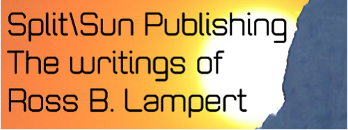
This article begins a series on mechanical errors in writing, and with it, we’ll finish all the ones on the errors writer make. After that I’ll discuss the kinds of things a reviewer should address when the writer does well. Critique is not criticism, after all, and especially not negative, destructive criticism. It’s important to point out a writer’s successes, too.
Before I get to that, though, I need to discuss speeling, grammer, puncturation, CapitOlizaTtion—I mean, spelling, grammar, punctuation, capitalization—and other usage problems, and manuscript formatting.
Spelling words correctly is a basic requirement for every writer. There’s simply no excuse for getting words wrong, unless, like I did in the paragraph above, you’re doing it intentionally...
Read More










Recent Comments